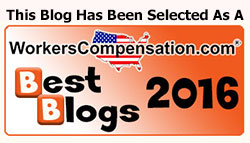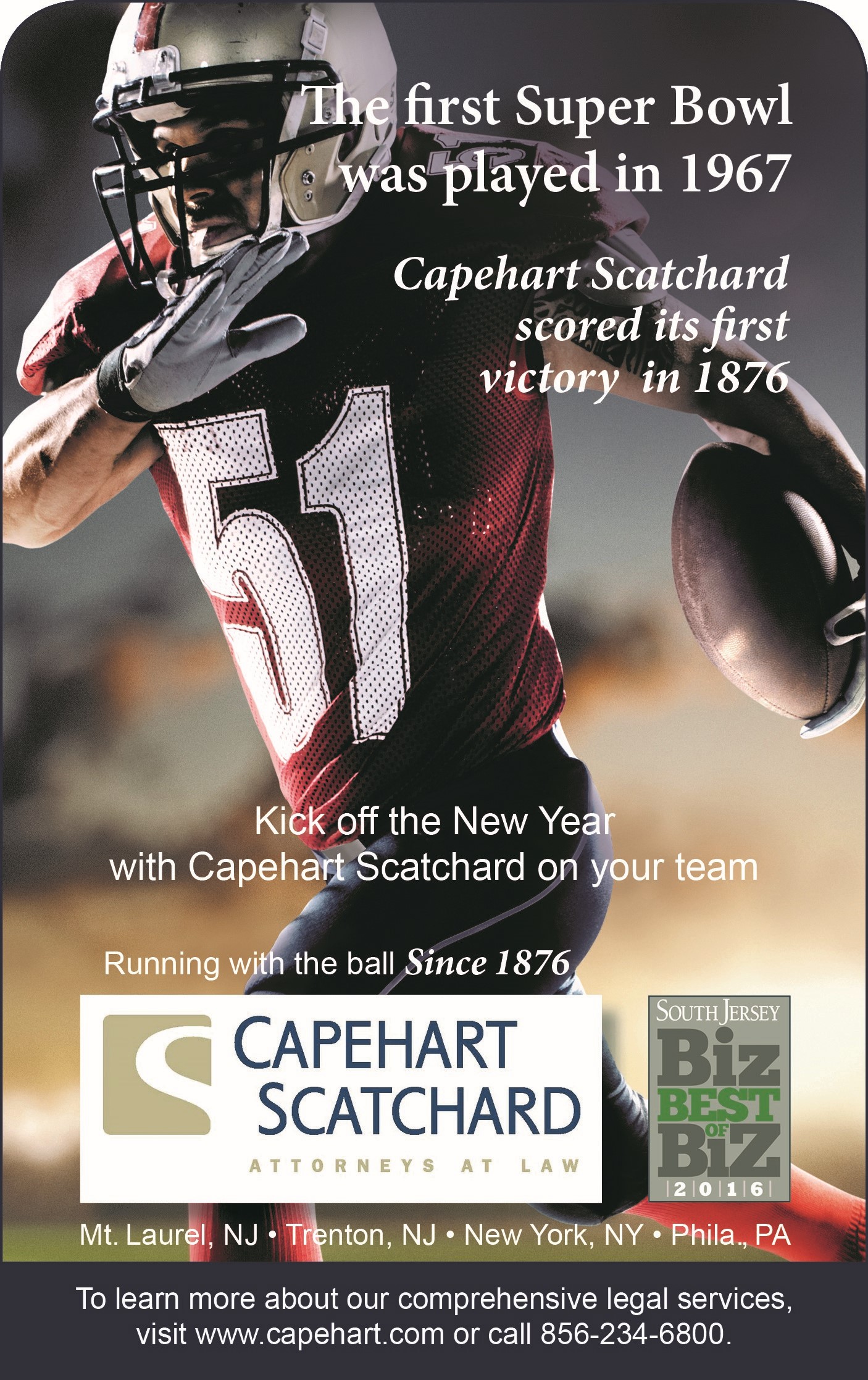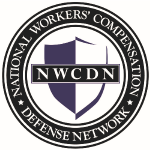Appellate Court Explains How an Employer Can Protect Its Lien Rights by Filing Suit in the Name of the Injured Worker
Employers are aware that if the claimant has not pursued his or her third party civil action within a year of the injury, the employer can provide a 10-day notice and then sue in the name of the injured worker. But what happens if the injured worker will not cooperate with the law suit? Can the employer settle the third party case without the consent of the injured worker?
The most helpful decision yet on this subject is Elhelou v. CVS Pharmacy, Inc., v. Lipinski Outdoor Services v. All State Power Wash, A-4731-13T1, (App. Div. July 9, 2015). Mr. Elhelou, the manager of a CVS store in Jamesburg, N.J., was injured in February 2010 when he slipped and fell while shoveling snow from a loading dock in the rear of the CVS. He retained Raymond Shebell, Esq. and recovered medical and indemnity benefits in workers’ compensation. Elhelou did not pursue any third party law suit arising from this accident.
On February 16, 2011, the third party administrator, Gallagher Bassett Services, wrote to Elhelou stating that his injuries may been caused by the negligence of a third party. GB provided the proper 10-day notice stating that if Elhelou did not settle with the third party who may have been responsible for his injuries, then GB would protect its rights and file suit.
On March 1, 2011, Shebell wrote to attorney Laub, representing CVS and GB, advising Laub that GB was not to contact his client directly. GB then wrote to the insurance carrier for Lipinski Outdoor Services, which was responsible for the snow removal at the CVS, putting Lipinski on notice of its workers’ compensation lien. The lien at that time was $90,630.87.
Laub wrote again to Shebell on December 9, 2011 asking whether Shebell intended to file suit against Lipinski. When Laub received no response, he filed a complaint against Lipinski on January 23, 2012 in the name of Elhelou, CVS and GB. Lipinski filed an answer and a third party complaint against All State Power Wash asserting that All State was responsible for clearing ice and snow on the premises.
On January 24, 2013, Lipinski’s lawyers wrote to Laub requesting that Elhelou appear for an IME. Laub wrote to Shebell also advising that he needed to take the deposition of Elhelou. Laub asked for permission to contact Elhelou and then followed with another request. Finally, Laub wrote directly to Elhelou advising that his deposition would be taken on February 15, 2013. Elhelou appeared for the deposition but not for the IME because he had upcoming surgery. The lien was by then $105,129.45.
Laub next wrote to Elhelou to advise that his presence would be needed at an arbitration. Elhelou appeared at the arbitration and his testimony was taken. The arbitration resulted in a non-binding award in the amount of $105,129.45. CVS negotiated a settlement of $93,500 to resolve its lien against Lipinski and All State. The lien eventually climbed to $198,000. Laub then wrote to Elhelou requesting that he sign and return a release of his claim against Lipinski and All State. Robert Morley of the Shebell Law Firm then wrote to Laub advising that Elhelou was seeking the firm’s advice regarding whether he should sign the release. Morley explained that it advised Elhelou not to sign the release until the Shebell firm could review the entire litigation file.
Several months went by without progress, so in March 2014, Laub filed a motion to compel Elhelou to sign the release or alternatively the court should enter an order declaring that Elhelou’s release was not required. Elhelou filed a cross-motion seeking the following: 1) permission for the Shebell firm to appear in the action; 2) denying the relief requested by CVS and GB; 3) disqualifying Laub’s law firm; 4) substituting Shebell as counsel, and 5) compelling the turnover of the entire litigation file.
The Superior Court ruled in favor of CVS and GB and held that the suit by CVS was more a “subrogation action” than a personal injury action. The Court said that there was no attorney-client relationship between Laub and Elhelou and no obligation on Laub’s part to do anything other than to protect the Section 40 lien rights on behalf of CVS. The Court further held that there was no obligation on the part of CVS to seek a settlement in excess of the lien, which was then $198,000. Elhelou appealed.
The Appellate Division made a number of very important rulings in this case:
A) “Thus, to the extent that J.S.A. 34:15-40(f) grants an employer or compensation carrier a right of statutory subrogation, it cuts off the employee’s right to participate in settlement or file a lawsuit, and limits the employee’s right of recovery to the excess of the compensation lien.”
B) The employer or carrier has a right “to settle with the third party or its insurance carrier, or to bring an action to recover personal injury damages from a third party when the employee fails to do so.”
C) The employer or carrier’s action “shall constitute a bar to any further claim or action by the injured employee . . . against the third person.”
D) “If the amount recovered ‘is in excess of the employer’s obligation to the employee . . . and the expenses of suit, such excess shall be paid to the employee.’”
E) “Even though the statute requires no notice of the settlement to the employee, its consummation acts as ‘a bar to any further claim or action by the injured employee.’ “
F) “Similarly, the statute does not require that the employee be given notice of a suit brought by the employer or its carrier. The only notice required by the statute is the ten-day notice of the employer or carrier’s right to bring such suit, which must be given prior to the filing of the complaint. There are no notice requirements after that point.”
G) “[I]f the employee has brought and abandoned his or her own action, the statute allows the employer or carrier to reopen the action and prosecute it ‘in the name of the injured employee,’ rather than on behalf of the employee directly.”
H) The statute does not “mention any right of the employee to participate in reaching a settlement, whether in lieu of litigation or to conclude litigation.”
I) Just as an employee can settle his or her third party action without involvement by the workers’ compensation carrier, the workers’ compensation carrier is authorized to settle or bring suit against the third party after providing a 10-day notice following one year from the date of accident.
The Appellate Division said, “In summary, we hold that CVS and Gallagher had no obligation to inform Elhelou in advance of the settlement. Instead, they had the right to settle the subrogation action without Elhelou’s consent.” It said that since the Shebell loaw firm took no steps to file suit in Elhelou’s name during the one-year period and during the 10-day notice period, neither Shebell nor Elhelou could bring any action after the 10-day period.
This case poses the most complete analysis of the rights of an employer to protect its statutory lien when the employee files no civil suit. The case is particularly helpful because it dealt with an attempt by the injured employee to engineer a last minute derailment of the settlement effected by CVS. The Court made clear that no consent was needed by CVS from the injured employee.








Connect with Capehart Scatchard